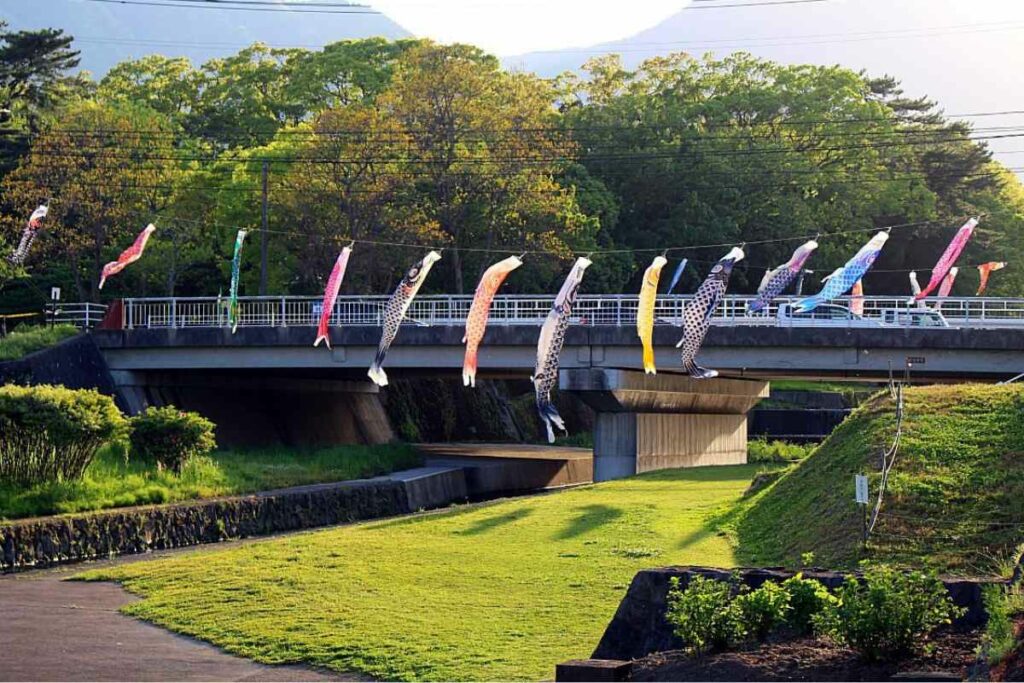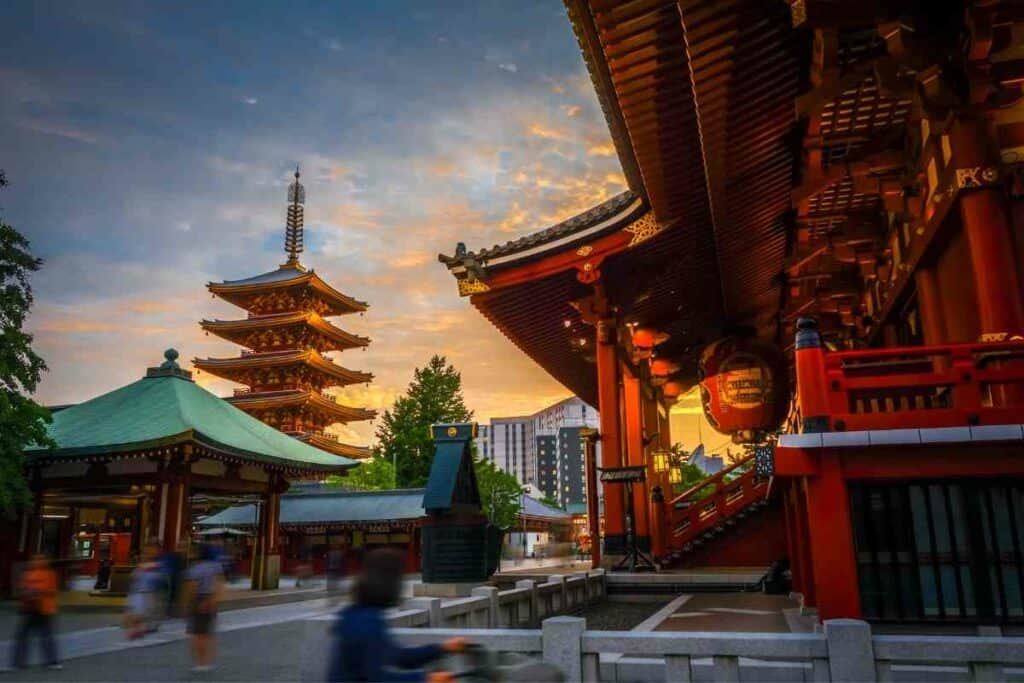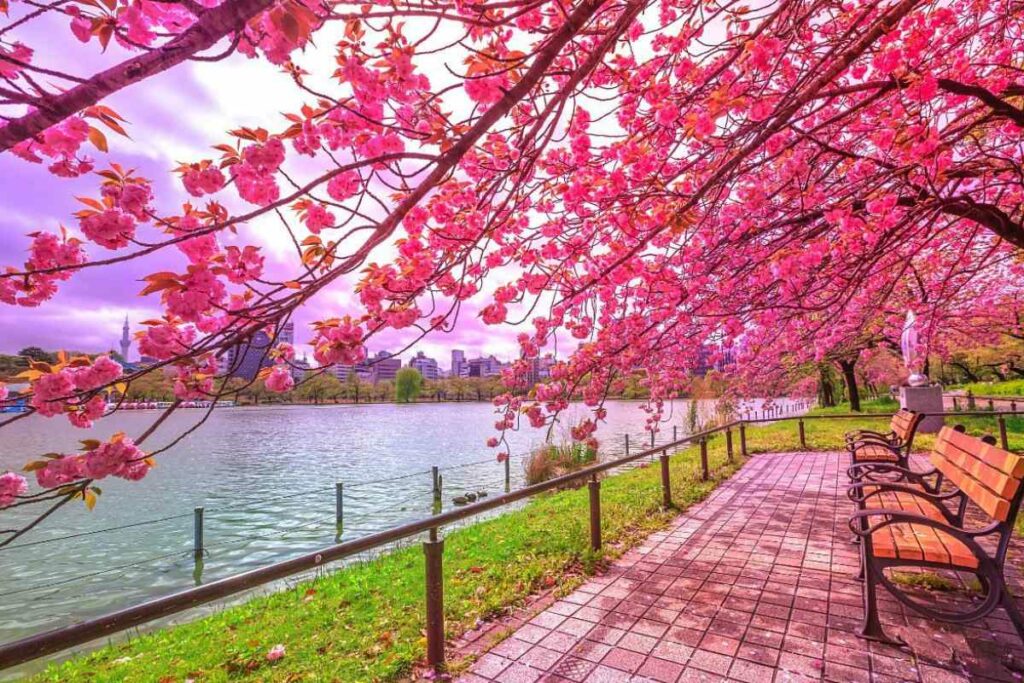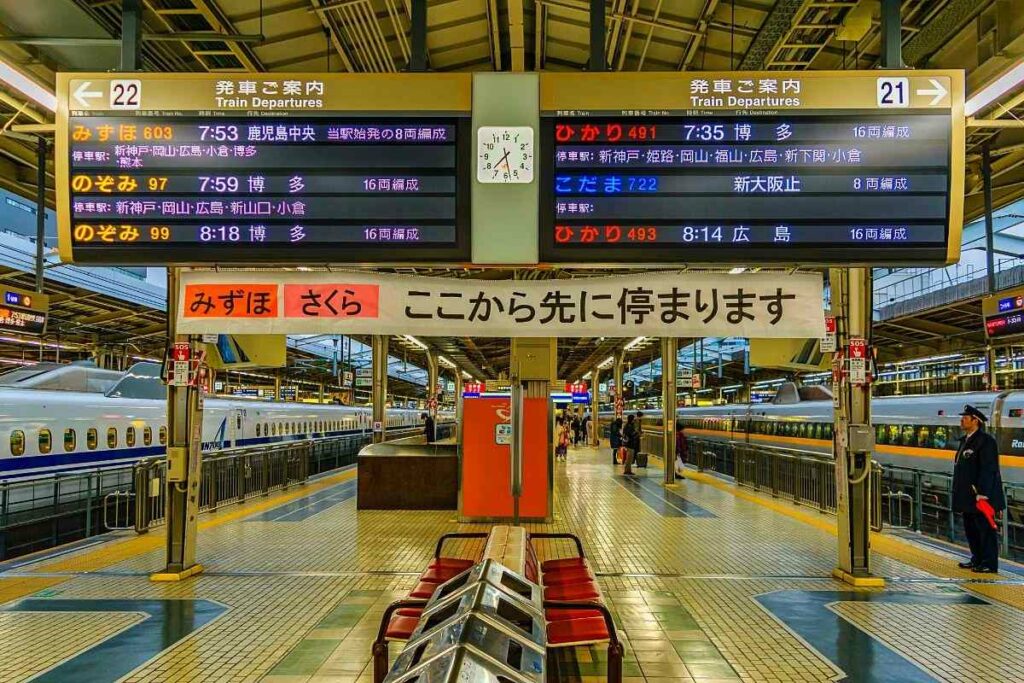Japan is renowned for its eclectic and colorful sense of fashion which has lined some of the most prestigious runways for decades.
Knowing what to wear when visiting Japan is something every tourist needs to know.

Read on to find out more about the dress code in Japan for tourists.
Our complete guide of do’s and don’ts may surprise you.
Let’s begin.
Table of Contents
Dress Code In Japan For Tourists: The Basics
To begin with, a good rule of thumb is to focus on the basics.
While the Japanese are not overly strict about a tourist’s sense of fashion, it’s more about respecting the unique heritage of this beautiful country.
Discover a remarkable range of men and women’s clothing at our valued partner, the Japan Objects Shop. Elevate your wardrobe with Japan-inspired fashion!
Dress Conservatively
Visiting Japan is different from visiting places like Abu Dhabi, where revealing clothing items are heavily frowned upon.

There is no set dress code in Japan for tourists; however, you will fail to see many Japanese citizens revealing much of their bodies when out in public.
Depending on which part of Japan you are visiting, temperatures in the summer months can reach highs of up to 90°.
At this point, the air is extremely humid, so a pair of shorts and a t-shirt are necessary.
Keep In Mind: During these warmer months, Japanese women will often wear loose shorts and a t-shirt. The shoulders and cleavage are rarely on show, so covering these areas is advised.
Shoes, Or No Shoes?
Many Asian countries have a strict policy regarding wearing shoes indoors.
The reasoning behind this is to do with cleanliness.
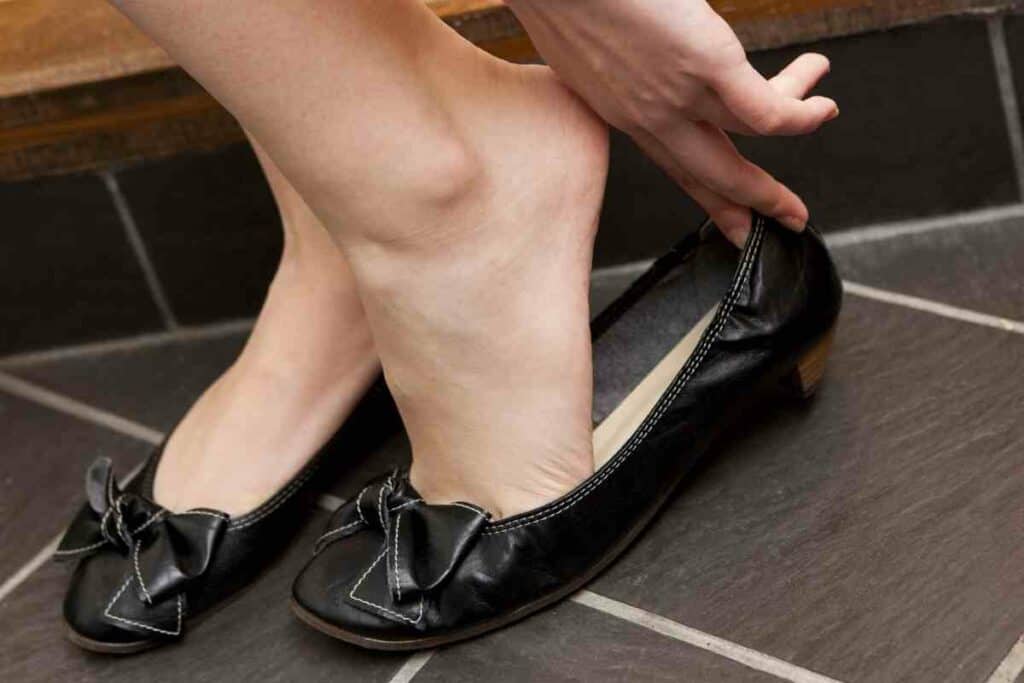
Many years ago, the Japanese would remove their shoes to prevent stones and dirt from being brought inside the home.
This became a tradition, and you will fail to find many places that allow you to keep your shoes on indoors.
So when will you be expected to take your shoes off?
At home or a hostel
Many Japanese homes have a genkan. This is a small entryway where shoes are removed.
At School
Students are expected to remove their shoes when they arrive at school and change into indoor slippers.
Upon arrival, shoes are placed inside a wooden cupboard known as a getabako for the remainder of the school day.
School janitors are not a thing in Japan, and it is the students themselves who clean and take care of the school.
Therefore, the removal of shoes reduces the spreading of dirt.
You may also like ?
At Work
This is mainly based on preference.
Some jobs require employees to wear shoes during working hours, particularly if a job involves meeting and greeting customers.
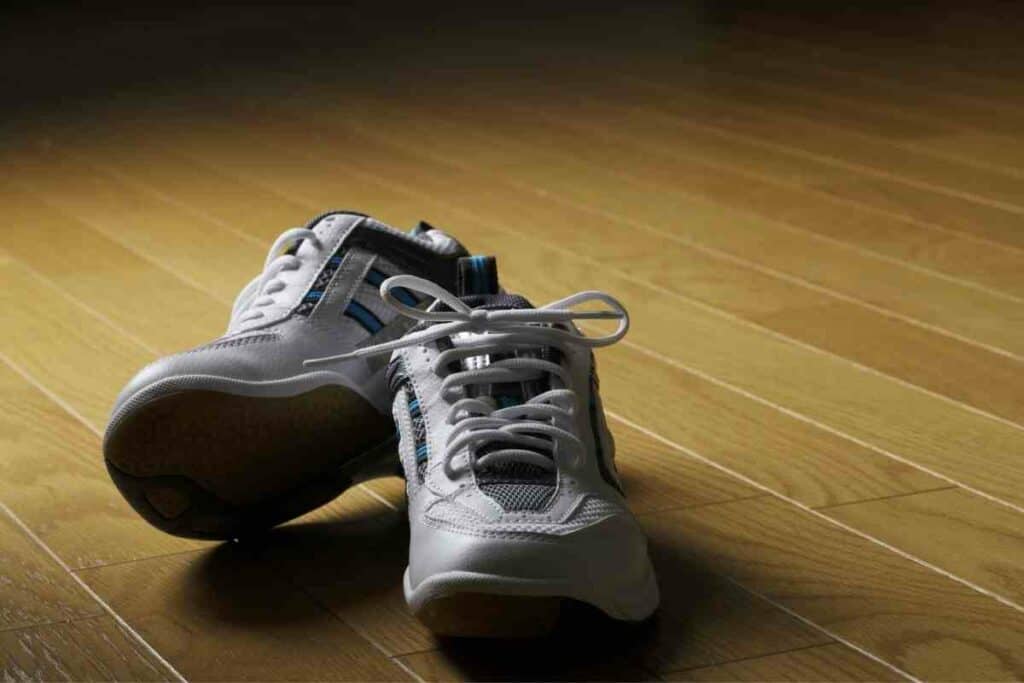
Many workplaces allow employees to change into slippers when they arrive at the office.
At Restaurants
You will not be expected to remove your shoes at all restaurants.
However, some prefer customers to remove their shoes and provide slippers to be worn inside the premises.
If wearing slippers that other people have worn feels unhygienic to you, you can always bring your own.
Some Stores
Some clothing stores may expect you to remove shoes when trying on clothing items.
Therefore, having a pair of slippers with you at all times is recommended.
You never know when you may need them when visiting Japan as a tourist!
Hats
Many Japanese citizens do not wear hats, but that doesn’t mean you can’t.
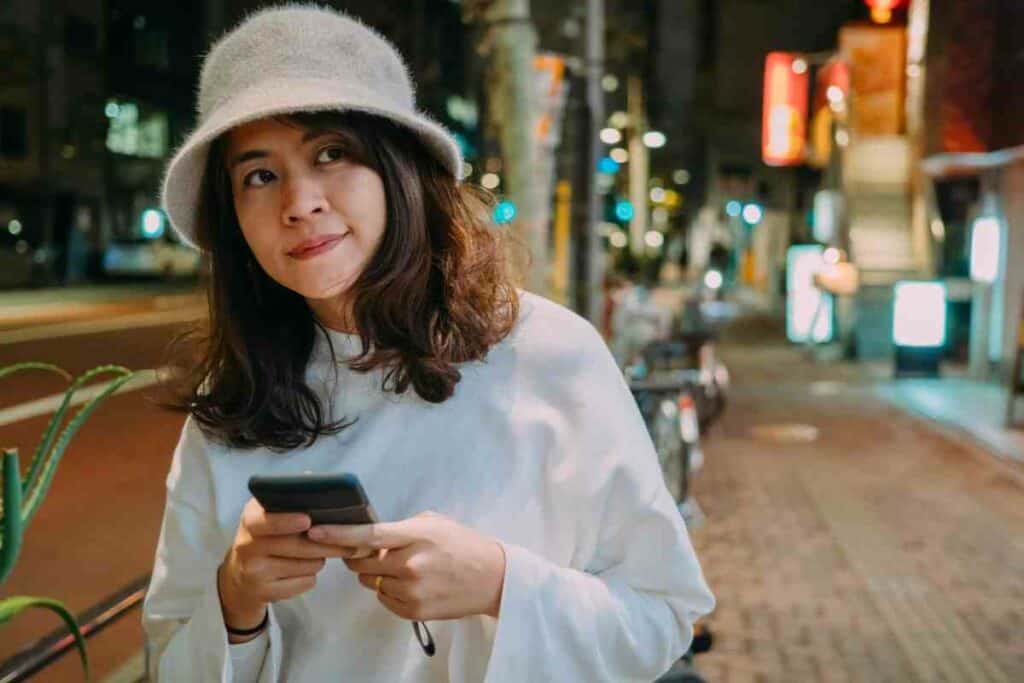
Baseball caps are a part of the work uniform in some places. Gasoline service attendants usually don a baseball cap.
What to Avoid: The only type of hat that may attract unwanted staring would be a cowboy hat.
Piercings and Tattoos
Tattoos are taboo in Japan.

Historically, having a tattoo indicated that a person had been in prison and is more commonly associated with the Japanese mafia known as the Yakuza.
Public places such as clubs and public swimming pools will prohibit those with tattoos or piercings from entering.
Read Next ?
Hair
There are no rules regarding hair color when walking the streets of Japan.
However, brightly colored hair is favored more by the younger generations. This has stemmed from a love of anime and manga.
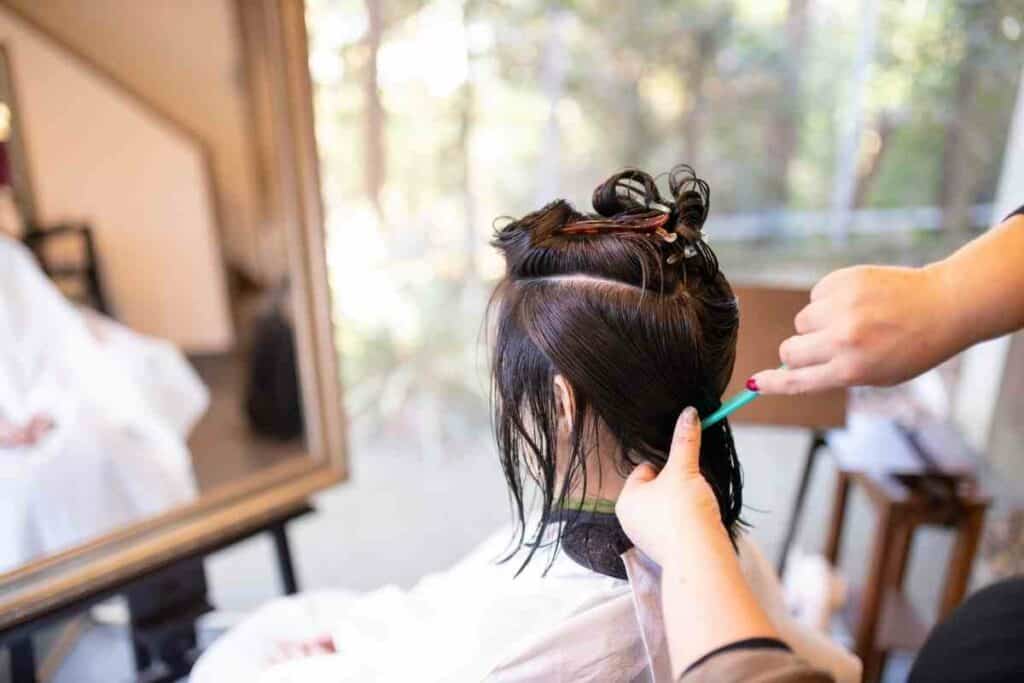
These bright colors are prohibited in school, and students must use a more natural colored dye before attending.
Dress Code For Women In Japan
As discussed above, women are expected to dress conservatively when in public.
This involves covering the shoulders and cleavage. If wearing shorts, a loose-fitting pair that are not too short are appropriate.
A loose-fitting, knee-length dress is also the most suitable style.
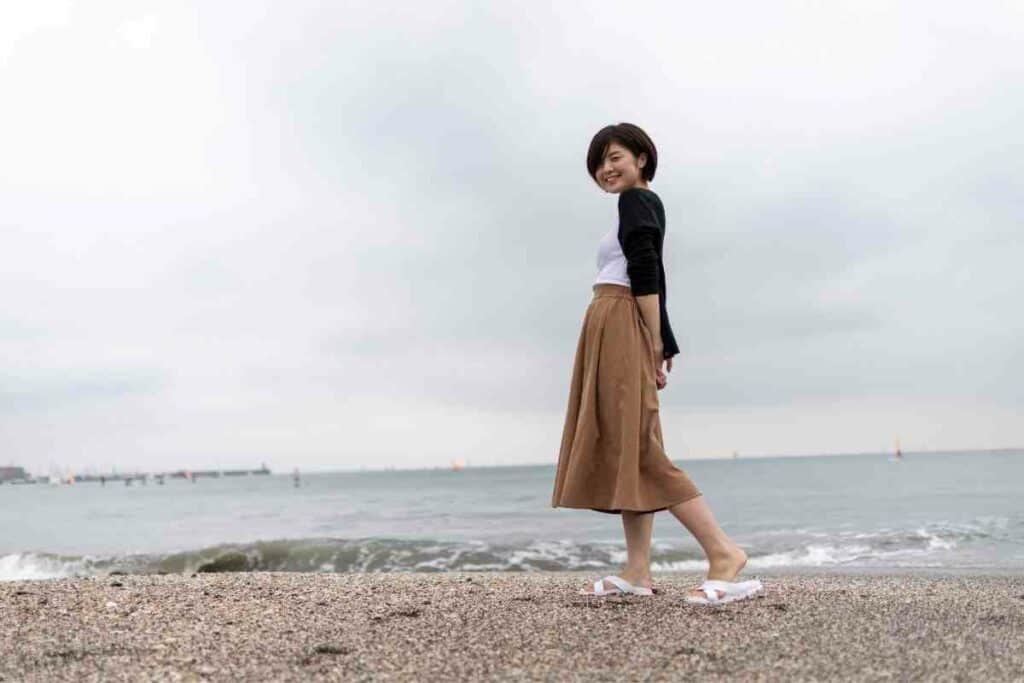
Jewelry is not too popular amongst women in Japan. In fact, it is uncommon to see anybody dripping in diamonds.
Works Best: If you want to wear jewelry, keeping it subtle with a small pair of studded earrings and a bracelet is more than enough.
Dress Code For Men In Japan
On a typical working day, it is hard to see any color when walking through Japan’s bustling streets.
Japanese businessmen and women in particular, appear exceptionally groomed and clean.
You will see hundreds of smart-looking males sporting expensive black or blue suits during the working week.
A typical hairstyle is short, neat, and placed into position. It is uncommon to see brightly colored hair on any person that is above the age of 25.
What Not To Wear As A Tourist In Japan
Respecting the culture of Japan is expected of all tourists, just as you would want a tourist visiting your country to respect your values and beliefs.
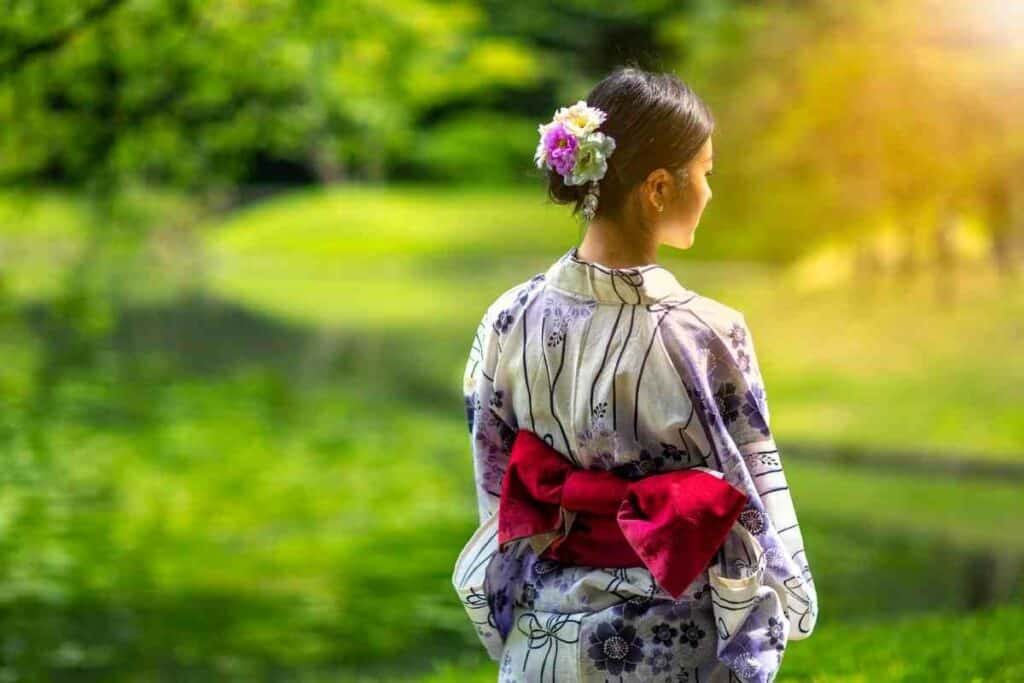
Take a look at our list of Do’s and Don’ts when visiting Japan as a tourist.
Do
- Wear a one-piece swimming costume instead of a bikini.
- Wear clean socks everywhere. You will be expected to take your shoes off in most places you visit.
- Dress conservatively. Spaghetti straps are deemed underwear in Japan, so you may receive some unfriendly looks!
- Wear pastels if you want to dress vibrantly.
Don’t
- Wear too much jewelry. The Japanese are not fans of statement pieces or lots of jewelry in general.
- Stuff your belongings into your pockets. It is best to carry a purse or a backpack.
- Wear socks that have holes in them.
- Dress in all black or all white.
Dress Code In Japan For Tourists: Dressing For The Seasons
If you are planning to travel to Japan and explore the country for the foreseeable, you are probably wondering what you will need for each season.
Use the following information as a packing guide to create a small capsule wardrobe that will see you through each season.
Spring
Being a tourist in Japan during spring is essential if you want to see the magical blooming of cherry blossoms.
Spring in Japan is mild – but slightly cold. Therefore, layering up is key.
Here are some spring essentials that might be worth including in your suitcase:
- Long-sleeved tops
- Lightweight knitwear
- Lightweight padded jacket (or a rain jacket)
- Long pants
- Comfortable walking shoes or trainers
Summer
The temperature in summer can be high, so expect a hot and humid atmosphere.
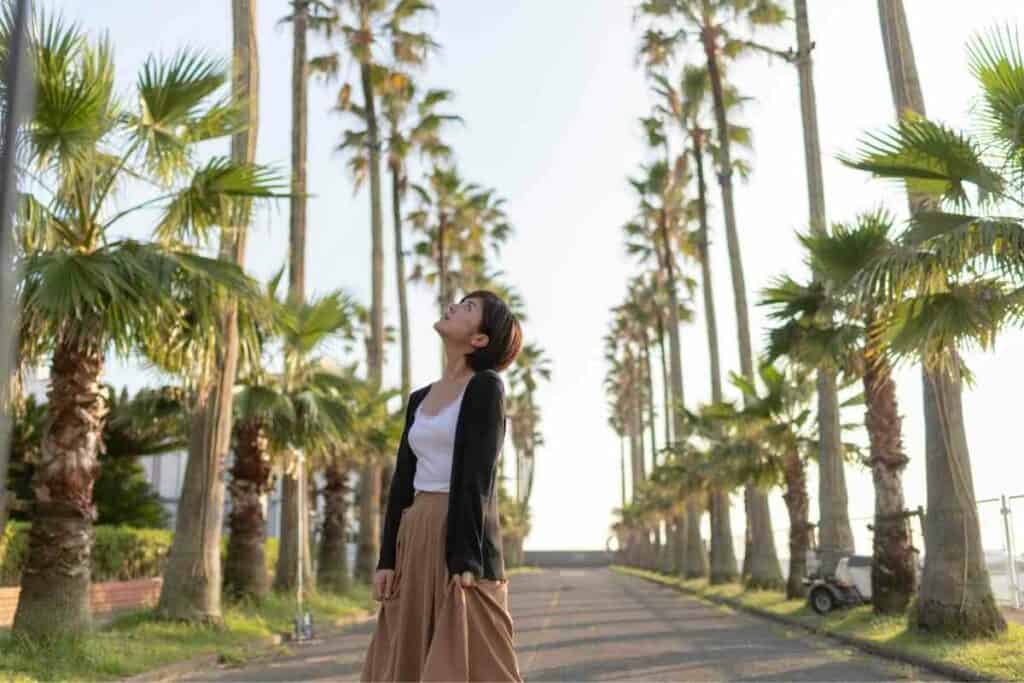
Dressing for this kind of environment can be difficult, especially when dressing conservatively is preferred.
Let’s take a look at what garments are acceptable.
- As many lightweight t-shirts as possible.
- Knee-length, loose-fitting shorts
- Conservative dresses for women
- Comfortable walking shoes
Fall
Fall is a beautiful time to explore Japan.
The weather is similar to springtime and can be warm one day but slightly chilly the next. Fall is generally less busy compared to Japan in spring. This means you can explore in peace!
For this, we advise the same list of items provided in the ‘Spring’ section.
It is also worth taking an umbrella wherever you go, just in case there should be a sudden downpour.
Winter
Depending on what area of Japan you are visiting, temperatures can fall dangerously low.

Up in the North, temperatures can drop below freezing. So our advice to you is to wrap up warm.
Take a look at the list below.
- Knitted sweaters
- Thermal leggings
- Heavy coat
- Scarf
- Snow boots
- Gloves
- Sweater dresses
Read Next ?
What To Wear To A Wedding In Japan
There are no strict rules when it comes to attending a wedding in Japan.
Guests are expected to dress conservatively if the ceremony is formal. This includes the covering of the shoulders and cleavage.
Smart suits and appropriate dresses are the preferred etiquette.
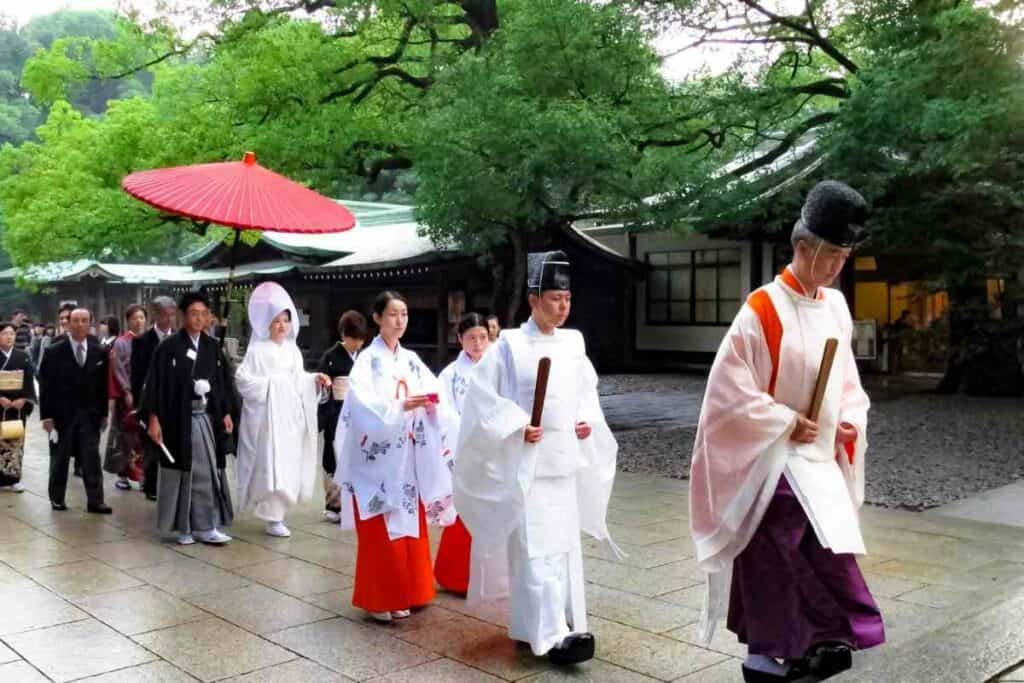
Guests should refrain from wearing white, but informal ceremonies are slightly more casual, so a pop of color here and there is perfectly acceptable.
Guests should avoid dressing too casually; after all, it is a wedding!
If you do find yourself in a situation where you are unsure of the dress code, it is always better to smartly overdress just in case.
What To Wear To A Funeral In Japan
Funeral attire in Japan is very similar to funeral attire across the globe.
Guests are expected to arrive dressed in black with little to no jewelry showing.
Women should wear black opaque stockings with flat shoes or low heels. Long hair should be pinned back away from the face.
Japanese Fashion: A Short History
Japan is home to some of the most famous designers that have ever graced the planet, including:
- Issey Miyake
- Kenzo Takada
- and Yohji Yamamoto
Japanese street fashion is a mixture of foreign and local labels worn by people of all ages.
This distinctive style is most apparent on the streets of Tokyo and is world-renowned.
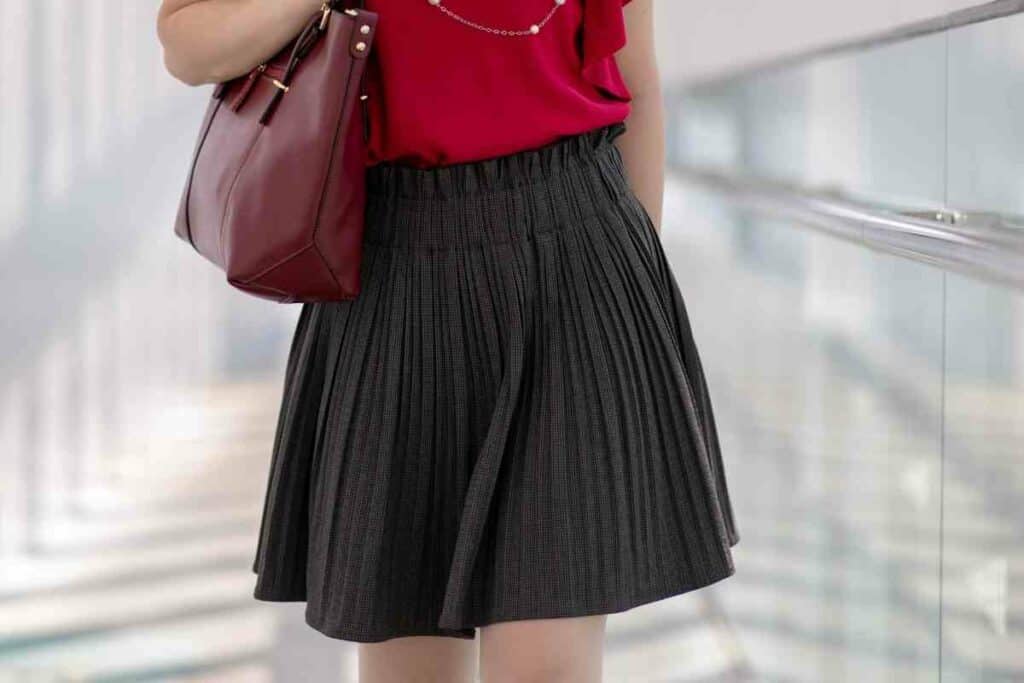
Japanese streetwear has been promoted by Japanese designers, including Yamamoto and Hiroki Nakamura.
The garments themselves reflect Japanese culture, aesthetics, and diversity.
Traditional Japanese Garments
It is not uncommon to find yourself immersed in its fascinating culture when visiting Japan.
You may want to try on some traditional Japanese garments. You may even end up purchasing some to take home!
Let’s look at some of these garments and the history behind them.
Kimono
Kimono is the amalgamation of the words ‘ki’ (wear) and ‘mono’ (thing).
This traditional Japanese garment is hand-sewn using a variety of fabrics, including linen, silk and hemp.
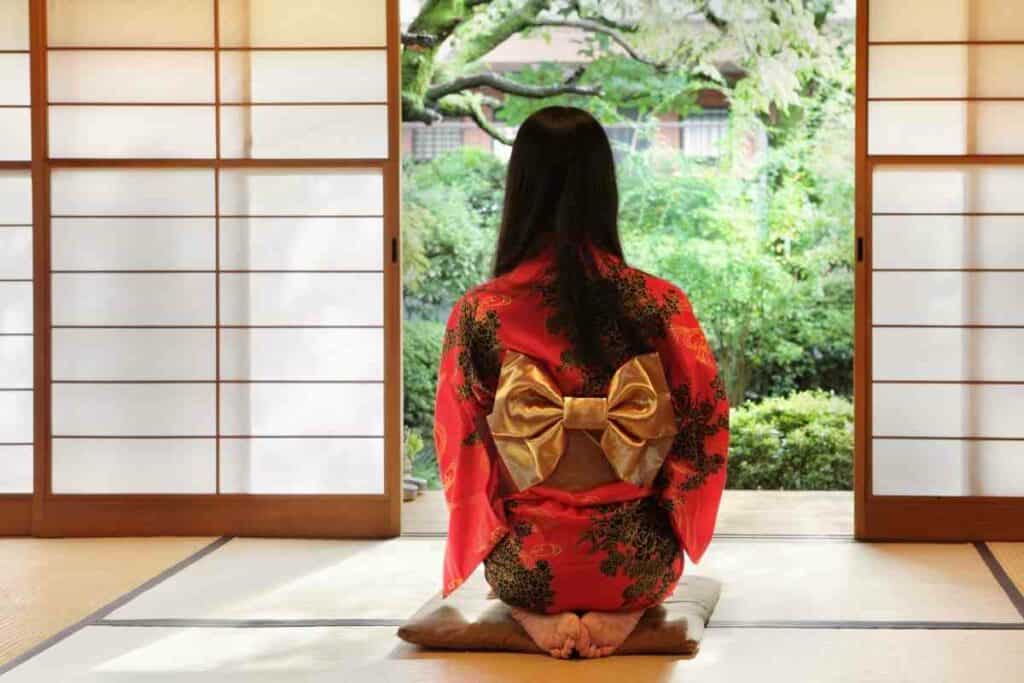
Kimonos are made in different styles to cater to an individual’s gender, marital status, and the event to which the kimono is worn.
For Example – A furisode would indicate the woman wearing it is unmarried. A happi is another form of kimono worn by males. You will often see this type of kimono worn at festivals.
Japanese streetwear brands often like to put a spin on traditional garments like the kimono.
The modern kimono is often made of similar fabric and can be worn over a t-shirt and trousers.
They are often designed with traditional colors and patterns as an ode to the history behind this piece of clothing.
Hakama
A hakama is usually worn over a kimono and resembles skirt-like pants.
Traditionally, they were worn by Samurai warriors and were popular in the 16th to 18th centuries.
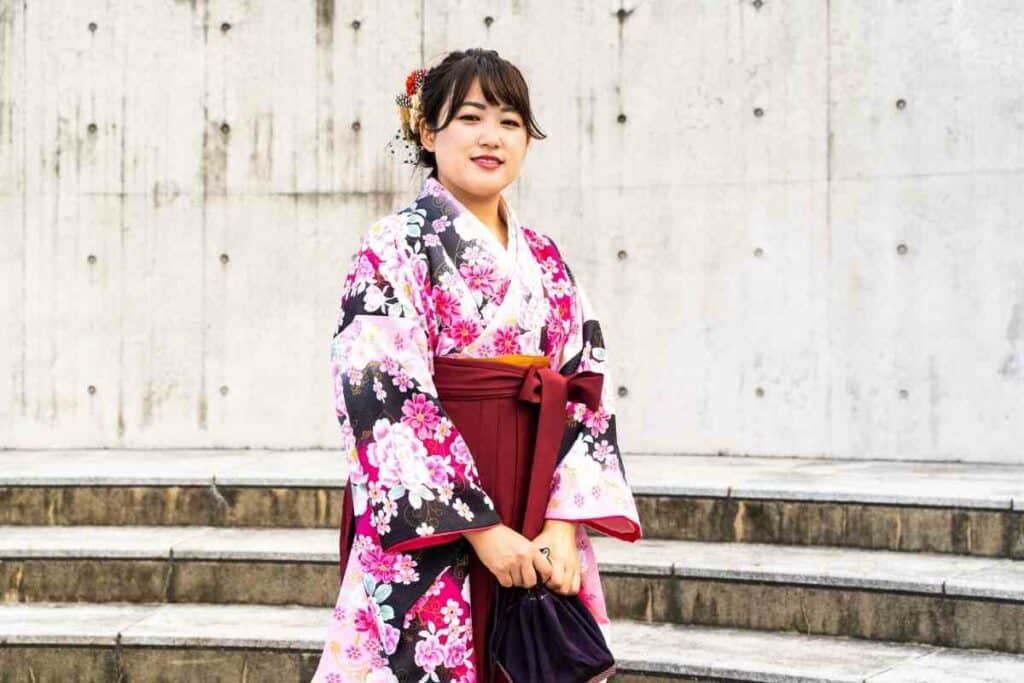
Nowadays, they are worn as part of the uniform for martial arts such as Karate and Judo.
The hakama is often designed using various materials, including:
- tetron
- polyester
- and cotton
They are usually dark in color also.
Yukata
A Yukata is similar to a kimono, but it is made to be worn casually.
Made out of cotton or synthetic fabric, the word yukata means ‘bathing cloth’ and was initially created to be worn after bathing in a communal bath.
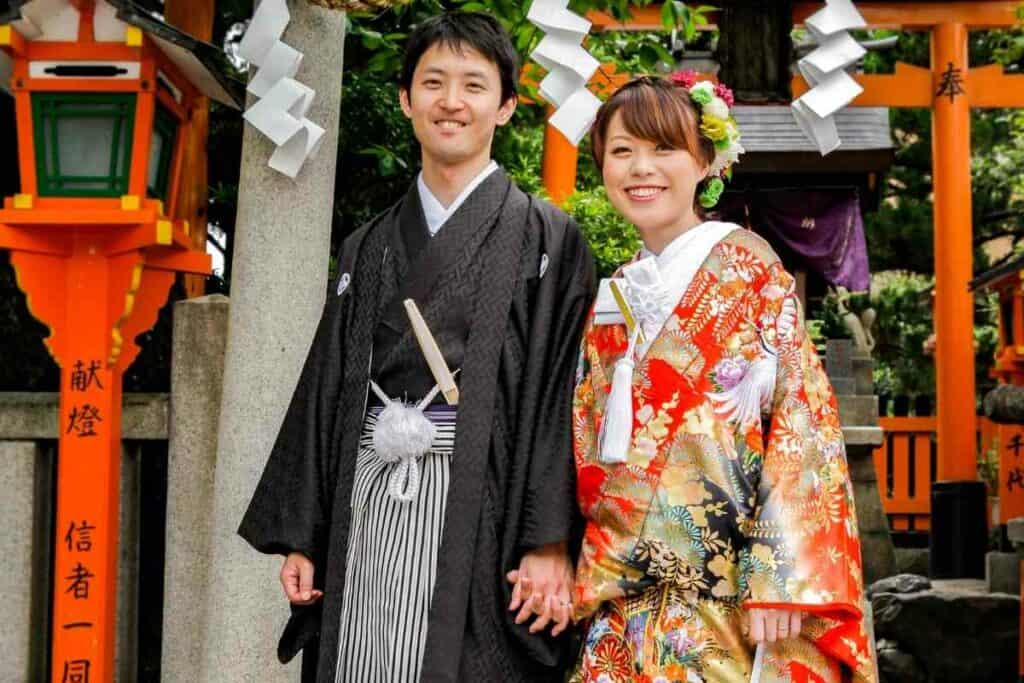
You will often see locals wearing yukatas in onsen towns.
Male yukatas are usually designed with dark colors, and yukatas created for females are typically brighter.
Before You Go
While there isn’t a rule book to provide a dress code for tourists in Japan, there is an expectation in Japanese society.
Dressing conservatively is preferred, and this above the rest is the only way you need to dress.
Dressing outlandishly won’t get you arrested, but it will likely draw some strange looks from passers-by!
You Might Also Read
- 5 Unexpected Tourist Traps in Japan That Could Blow Your Budget
- Are Shinkansen Trains Still the Fastest: Comparing Global High-Speed Rail Systems
- Best Golden Week Destinations In Japan (Top 10 Locations)
- A Traveler’s Guide to Honshu (Japan’s largest Island)
- Best Hanami Destinations In Japan (Top 10 Locations)
- Eki Stamp Book (Gotta Collect Them All!)



